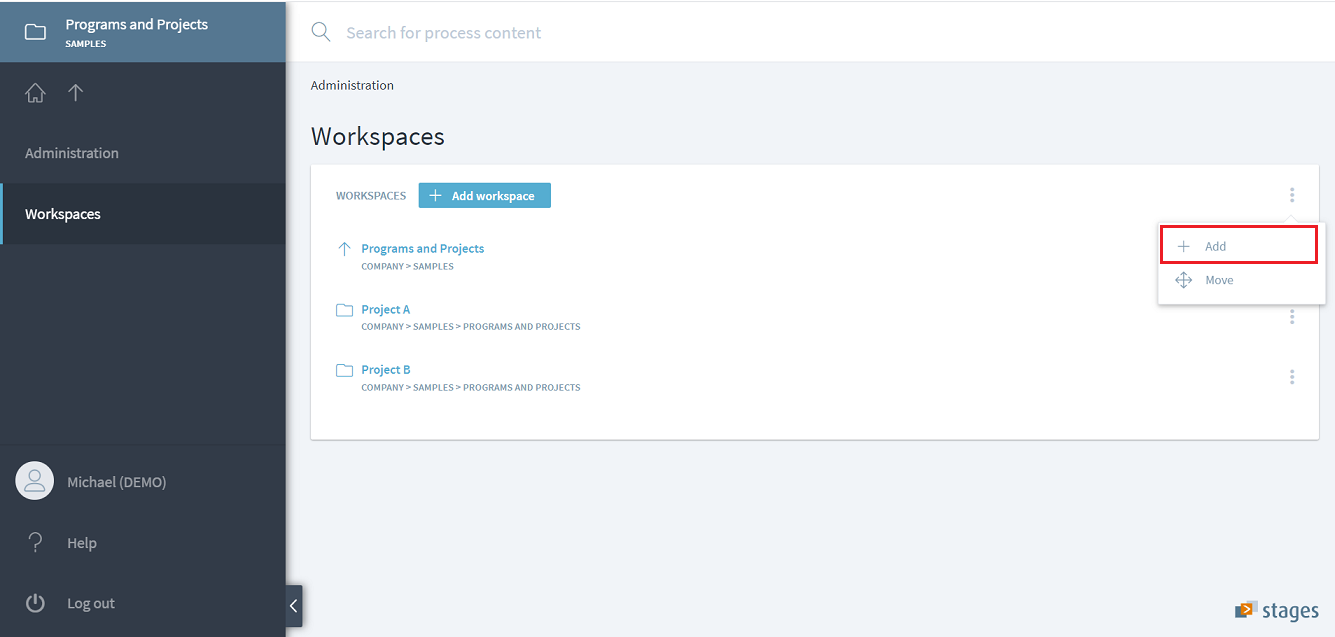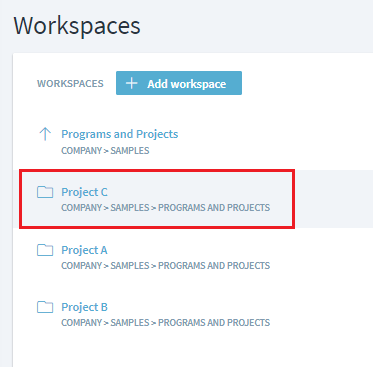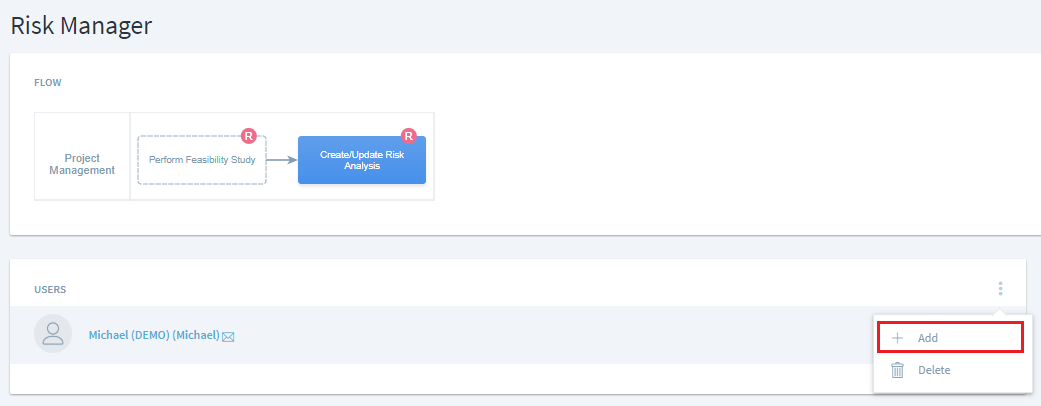Instantiate a Process in a Workspace
Process instantiation is using a standard process and tailoring it for a specific project, program, or team context.
Some advantages of process instantiation are
- The version of a process instance can be kept stable. Even if the standard process from which it was initially derived from is being updated, the instance will not be impacted until a decision is being made to update it to a newer version.
- Program, project, or other teams can rely on the defined process in their instance. Only the relevant processes are contained in this instance. Everything else is being tailored out.
- Project-specific work products can be managed directly in the process instance. Team members can directly access them, regardless of where they are actually stored (e.g. Sharepoint, SVN, Integrity). Project and program managers can see the status of work products across different storage repositories.
Role of Process Architecture and Tailoring
A well-defined standard process brings harmonization in instantiated processes and sets out standard set of activities that would need to be performed by most programs. Though instantiated process inherits the standard process, variance in them is managed through tailoring. A good understanding of process architecture and tailoring is imperative to derive instantiated processes.
Typically, a standard process will have variants to account for different regions, business units and such. These variants will be modeled as part of the process architecture. A process will be then instantiated through process of tailoring from the variant. Tailoring questions are added in the standard process and/or in the variants.
Create a new workspace
In order to instantiate a process for a new program or project, new workspace(s) must be created by the administrator. The location and level of the workspace is determing by the process architecture. New workspaces(s) for instantiated process allows control over process versioning, permission control, user addition as well as ability to push the instantiated processes into engineering tools like JIRA, RTC. Milestones and phases specific to project or program can also be modeled within this workspace.
Existing standard process will then be integrated into this new workspace by using the Add modules option. All the process elements and tailoring rules from standard process variants are inherited in the instantiated process.
The recommended practice is to choose valid version of a release variant to instantiate for a new project or program.
Use Tailoring
Run the tailoring assistant by tapping or clicking on three dots and 'Start tailoring' on Process page above the perspective. Based on the responses, pre-defined tailoring rules inherited from standard process variant will determine process elements to be tailored in or out. Additionally, tailoring can be also be done manually.
Once the process has been instantiated, create a valid version of the process which will be the one visible to end users.
Next step would be add specific details like assigning users to roles and adding project specific work products.
Assign user to a role
A project manager can assign users for a given project or program. The user should already be present in Stages user list. This can be done by assigning the user to a role within the program or project.
Navigate to the role e.g. Risk Manager and tap or click on Add. Next type the username or email in the search and select the user from the list.
Working with CM Systems
Stages can interact with configuration management systems like Sharepoint, Subversion, Integrity to work with remotely stored files. Stages administator is responsible for this configuration.
Refer to working with files section for more details.





